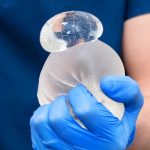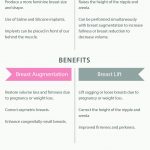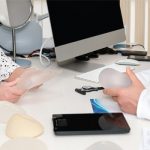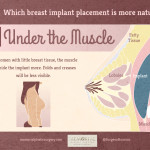Into the Heart of Breast Implants
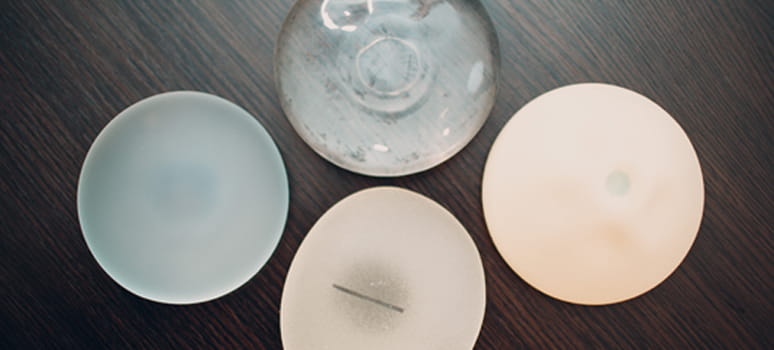
Aside from a board-certified plastic surgeon’s skills, the most important factor in this procedure is the breast implant. From four basic shapes in the 1960s to over 450 at present, implants have come a long way in accommodating more of every woman’s ever-changing needs.
In about half a century’s worth of information about cosmetic surgery, a few misconceptions have unfortunately found their way into people’s consciousness and have become bases on which they’ve made decisions about cosmetic or reconstructive needs.
This article serves to set the record straight concerning breast implant basics. If you’re one of the thousands who is considering breast augmentation or reconstruction this year or in the future, read on.
A quick history of breast implants
In 1961, two ambitious Texan surgeons, Frank Gerow, and Thomas Cronin first tested their silicone implants on a dog. Finding that initial try a success, Gerow and Cronin then made another Texan – a woman named Timmy Jean Lindsey – part of plastic surgery history by giving her the world’s first pair of silicone implants deemed safe for humans.
In the same era, Playboy magazine and film stars like the busty Marilyn Monroe ruled the entertainment industry and influenced beauty standards in the field of cosmetic surgery – in America, at least. Since then, the demand for breast implants has only increased. Alongside the demand for bigger chest sizes, came the developments.
Structure of Breast Implants
Since the ’60s, numerous breast implant shell manufacturers have produced five generations of products. With the fifth generation still relatively new and still being tested out by most surgeons, the fourth generation of implants is used in a great majority of breast implant surgeries. It is made up of an elastomer-coated silicone shell that typically contains a saline solution or silicone gel.
Perceived Health Risks
Anything foreign inside the body for an extended period is generally perceived as a health risk. Saline and silicone implants fall under the foreign body category, too. Though these medical devices are regulated by the Food and Drug Authority, no implant is 100% risk-free.
Breast implants commonly pose the threat of leakage after a rupture occurs. While a change in shape or position is immediately evident with saline types, silicone varieties tend to retain their shape despite ruptures. Once implants shells are compromised, a leak is likely to follow. The salt-water solution can be absorbed by the body with no inherent dangers. The silicone gel, however, must be removed immediately along with the rest of the implant and any trace that may have migrated to other parts of the body.
Breast Implant Removal Statistics
Matching the thousands who elect for breast augmentation every year since Lindsey’s example are patients who choose to have implants removed. In 2014, the ASPS declared more than 17,000 implant removal cases.
Motivations behind implant removal can be implanted rupture, chest rippling, and breast hardening. MRI examinations are recommended to detect other possible breast implant problems but are not particularly mandatory.
Nonetheless, most experts do not recommend removal if not for the signs mentioned above. As long as patients are OK and satisfied with their breast implants, there is no need for removal. In fact, while it is said that the average lifespan of implants is 10-15 years, some can remarkably last up to 20 years.
*This blog is created and maintained for informational purposes only. The images present may not accurately reflect actual cases per individual. Individual cases are unique, and the descriptions and solutions will vary per patient.







